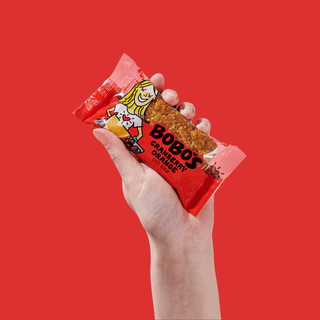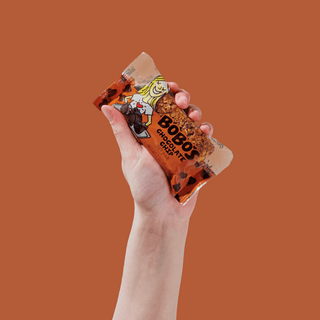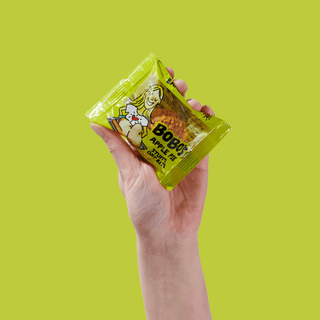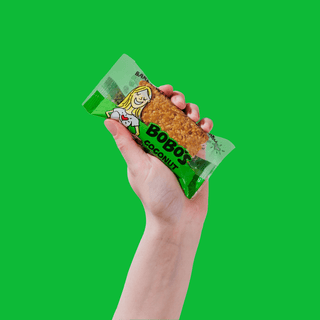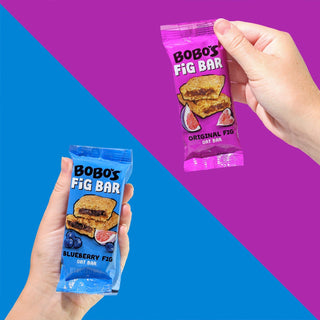Soy is a legume that is found in many foods, such as plant proteins like tofu, as well as soybeans or “edamame.” It is high in protein and fiber, and it’s a nice alternative to those who cannot have cow’s milk or meat and fish as protein sources. But sometimes people get bad reactions or have an allergy, where they’d need to eat soy-free foods only and must adhere to a soy-free diet.
Unfortunately, soy is actually hidden in a lot of processed foods, so it’s hard to know if a food or restaurant meal is actually free of contamination. Soy may be in certain breads, protein bars, chocolate, and other foods you wouldn’t expect, so people wanting to avoid soy need to read nutrition labels at the store and check with the waiter and chef when dining out.
Which foods contain soy?
These foods and ingredients will all contain soy, so keep them on your radar when browsing menus or product labels, as they are not tolerated on a soy free diet. Here’s a handy guide, as provided by Verywell Health.
- Bean sprouts
- Edamame/Soybean
- Kinako
- Miso
- Natto
- Nimame
- Okara
- Shoyu
- Soy sauce and teriyaki sauce
- Soya
- Tamari
- Tempeh
- Tofu
- Yuba
- Monosodium glutamate (MSG)
- Hydrolyzed soy protein (HSP)
- Mono- and diglycerides
- Textured vegetable protein (TVP)
There are also a few more items that may have soy—this isn’t a total red flag, but you’d need to call and ask the company before assuming they’re soy free foods.
- Bulking agents
- Hydrolyzed plant protein (HPP)
- Hydrolyzed vegetable protein (HVP)
- Gum arabic
- Guar gum
- Lecithin
- Mixed tocopherols
- "Natural flavoring"
- Stabilizer
- Thickener
- Vegetable gum, starch, shortening, or oil
- Vitamin E
And these foods may also have soy in them, so again, check labels!
- Asian foods
- Baked goods and baking mixes
- Bouillon cubes
- Candy
- Cereal
- Chicken broth
- Chicken (raw or cooked) processed with chicken broth
- Chocolate
- Deli meats made with hydrolyzed soy protein
- Energy bars or nutrition bars
- Hamburger meat with soy protein fillers
- Hamburger buns made with added soy flour
- Imitation dairy foods
- Infant formula
- Margarine
- Mayonnaise
- Nutrition supplement
- Peanut butter and peanut butter substitutes
- Protein powders made soy protein powder
- Sauces, gravies, and soups
- Sausages and hot dogs made with soy protein fillers
- Smoothies
- Vegetable broth
- Vegetarian meat substitutes
Check for areas where it may say that cross-contamination is a possibility on the label. Sometimes manufacturers will list “may contain soy,” or “produced in a facility that processes soy” on the label. That will be a sign that they’re not soy-free foods.
What can you eat on a soy-free diet?
If wanting to start eating a soy-free diet, stick to mostly whole and natural foods, such as fresh produce and protein, like beef, chicken and fish. Limit processed foods in general—that makes it easier to know what you’re eating is safe.
For snacks, keep a mix of homemade and packaged snacks on hand. You can have hard boiled eggs with a protein or oat bar as a snack, as long as the protein bar is soy-free like Bobo’s. You can also make a Greek yogurt, oat or cottage cheese bowl with fresh fruit and nut butter to fill you up and improve your gut health. You can also make your own homemade clean protein bars or enjoy a smoothie for on-the-go.
And there’s no real nutritional shortage with a soy-free diet. You can still get protein, fiber, fats and all your essential vitamins and minerals without eating soy. You can enjoy lots of great sources of animal and plant protein, whole grains, healthy fats from nuts, seeds and fish, as well as fruits and veggies for antioxidants, vitamins, minerals and fiber.

